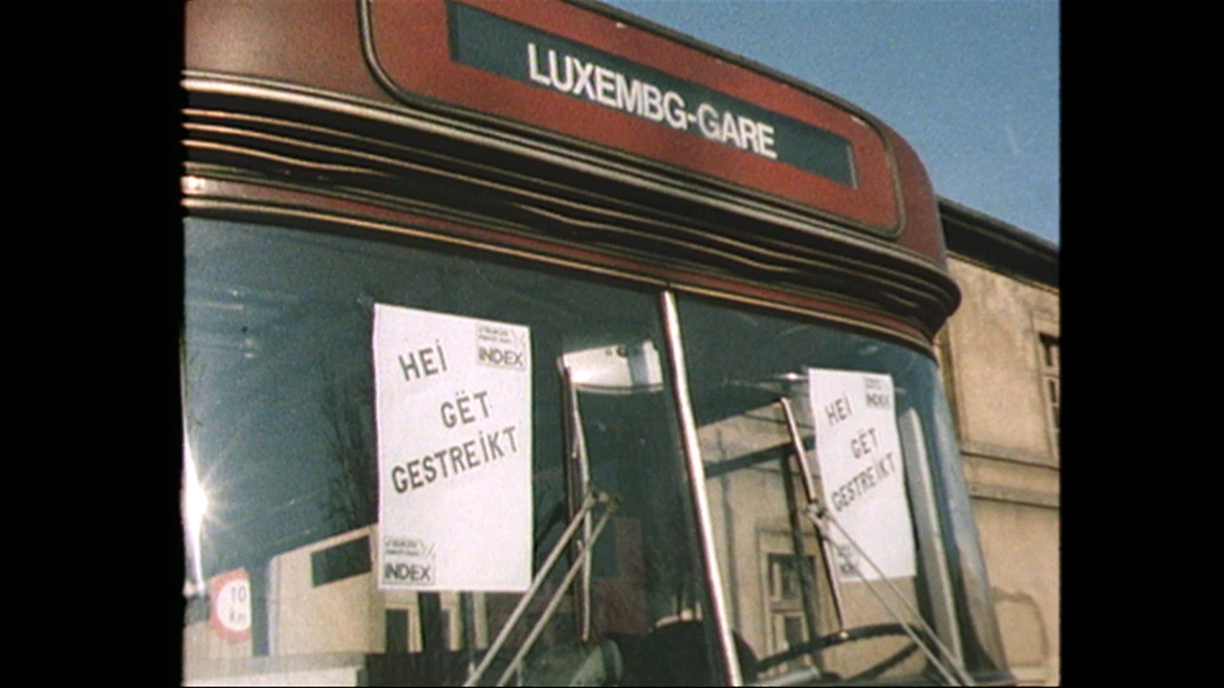
The right to strike is firmly entrenched in Luxembourg’s legal foundation, enshrined in Article 11 of the Constitution, alongside the principle of trade union freedom.
Nevertheless, the exercise of this right is subject to specific regulations. The right to strike is tied to collective disputes, essentially conflicts related to collective agreements. These disputes must undergo a conciliation process, and the inability to reach a conciliation agreement is the key trigger for initiating strike action.
However, Luxembourg has experienced instances where labour movements went beyond these sector-specific confines, notably during the 1970s, 1980s, and the late 1990s. Topics such as wage indexation and pension systems prompted broader mobilisations.
Special rules apply within the public sector, as certain services of national importance must be able to function even during labour actions.
In contrast to neighbouring France, striking does not come as naturally to Luxembourg’s residents. Traditionally, trade unions in the Grand Duchy have adhered to a loose principle that a significant strike should occur at least once every ten years to ensure that the strike reflex is not lost.
However, it is not entirely accurate to use the term “national strike” in the Luxembourgish context, as this would imply that everyone takes part. It would be more appropriate to talk about major strikes with national ramifications. Such an event has not occurred in Luxembourg for over two decades. Instead, the country has witnessed sectoral or company-wide strikes. While calling for such actions is one thing, effectively organising and achieving desired outcomes is another matter altogether.
Throughout Luxembourg’s history, a series of strikes have made significant imprints on its social and labour landscape.
The roots of strikes in Luxembourg date back to the 1880s and 1890s, marked by labour disputes in the slate mines around Martelange. Turbulent periods emerged during and shortly after World War I, particularly in steelworks located in Differdange and Dudelange.
These strikes were expressions of the population’s distress, exacerbated by soaring food prices and the inability of wage increases to keep up with inflation. Some of these strikes turned violent but ultimately led to the recognition of trade unions as entities capable of negotiating collective agreements.
The socio-economic unrest of the early 1920s culminated in a significant and bloody social conflict in 1921. Subsequently, professional chambers were established in Luxembourg to take power away from factory councils.
One of the most well-known strikes in Luxembourg’s history is the August 1942 strike against conscription imposed by the Nazi regime. Originating in Wiltz, it swiftly spread across the country, reaching even secondary schools in Esch-sur-Alzette. Tragically, the strike resulted in the execution of 20 individuals, along with numerous arrests and deportations.
In the 1950s, strikes erupted in steelworks and the mining industry to advocate for reduced working hours, with the 56-hour workweek still the norm in the early ‘50s.
The early 1970s witnessed strikes protesting downsizing in the steel industry and advocating for improved health, education, and housing policies.
In 1982, a notable strike under the banner Fanger ewech vum Index (“Hands off wage indexation”) took place, and in 1984, striking workers rallied against the government’s proposal to write off 28 billion Luxembourgish francs in state debts to pension funds, referred to as Renteklau (“pension theft”).
The year 1998 saw a strike on Place Guillaume II as part of the civil service pension dispute, ultimately leading to a new government coalition the following year.
Recent years have been calmer, with a 2009 demonstration by 30,000 people protesting the social consequences of the 2008 economic and financial crisis.
More recently, sectoral strike actions have taken precedence, including in the health and social sectors, as well as specific actions led by groups such as women and students.